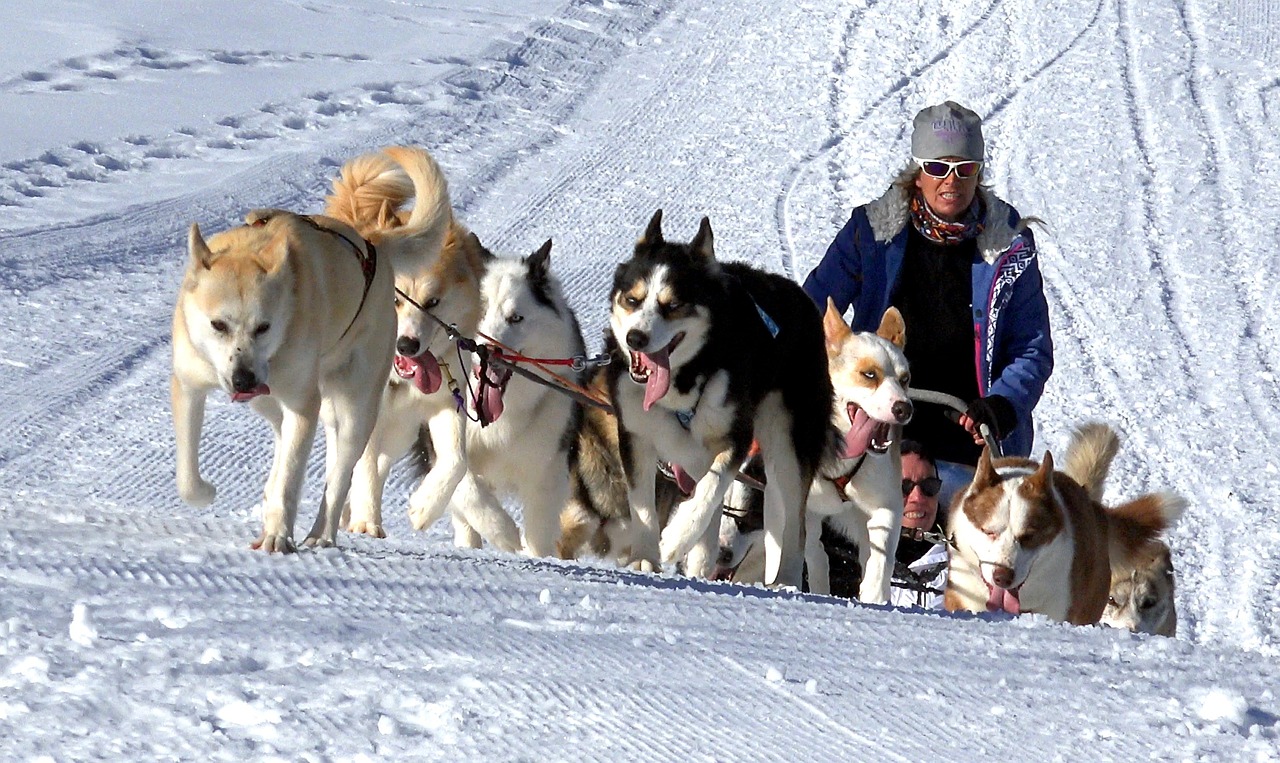Understanding the dynamics of your relationship with your dog is important for a harmonious living situation. Dogs, by nature, are pack animals and instinctively seek a leader in their pack, which, in a domestic setting, should be their human owner. When a dog does not see its owner as the leader of the pack, it can lead to various behavioral problems and disrupt the balance of the household. Recognizing the signs that your dog no longer sees you as his pack leader is the first step toward addressing and improving these issues, ensuring a healthy, respectful, and mutually beneficial relationship between you and your dog. It happens. This article discusses seven signs that your dog no longer sees you as his pack leader and explores the reasons behind these behaviors.
1. Ignoring orders
A clear sign that your dog doesn’t see you as a pack leader is when they consistently ignore your commands. This behavior suggests that your dog does not respect your authority or consider you in charge. All members understand their rank in a group and follow the leader’s signals without hesitation. When a dog disobeys commands, it is often because they feel that the hierarchy has not been established enough or they see themselves as the dominant person in the relationship.
2. Pulling the strap
Pulling on the leash is another sign of your lack of identity as a pack leader. During a walk, if your dog constantly pulls on the leash and tries to lead the way, it shows that he has control over the situation and the direction you both go. In contrast, a dog that sees its owner as the pack leader will calmly walk beside them, allowing the human to lead the way.
3. Food aggression
Food aggression toward humans may be a sign of disrespect and failure to accept the owner as the leader. The herd leader eats first in the forest and decides when others can eat. If your dog growls, snaps, or shows aggression when your food comes near, it indicates that he views himself as having higher status, and challenges your position as leader.
4. Jump up
While this is often seen as a sign of affection, jumping on people can also be a dog’s way of asserting dominance, especially if the behavior becomes persistent and difficult to control. A dog that respects you as the leader of his pack will wait for the invitation for such close contact and will not invade personal space uninvited.
5. Refusing to move
If your dog often refuses to move when you ask, taking a stubborn stance on a walk or at home shows a lack of respect for your leadership. This behavior shows that they feel empowered to make decisions, resist your guidance, and challenge your authority.
6. Push the door first
A dog that always runs ahead of you to go through the door is displaying dominance, asserting its priority over you. In a herd, the leader is the one who shows the way into new areas. Allowing your dog to consistently walk ahead of you can reinforce their belief that they are in charge.
7. Attracting attention
While dogs naturally want affection from their owners, they constantly demand attention on their own terms – such as pulling your hand out of something to pet them or barking at you until you interact – these There may be signs that they do not see you as a leader. This behavior shows that they believe they can dictate the terms of your conversation.
Recognizing these cues is important in understanding your dog’s perception of the pack hierarchy within your household. It is essential to address these behaviors through consistent training and establishing clear rules and limits. Doing this can strengthen your position as pack leader, leading to a more balanced and respectful relationship. Remember, leadership is not about being overly strict or dominant, but about providing guidance and setting boundaries with confidence and consistency. Mixed breeds and rescues are just as capable of showing these signs and responding to leadership as pure breeds, emphasizing that understanding and communication between canine companions of all types is essential.

